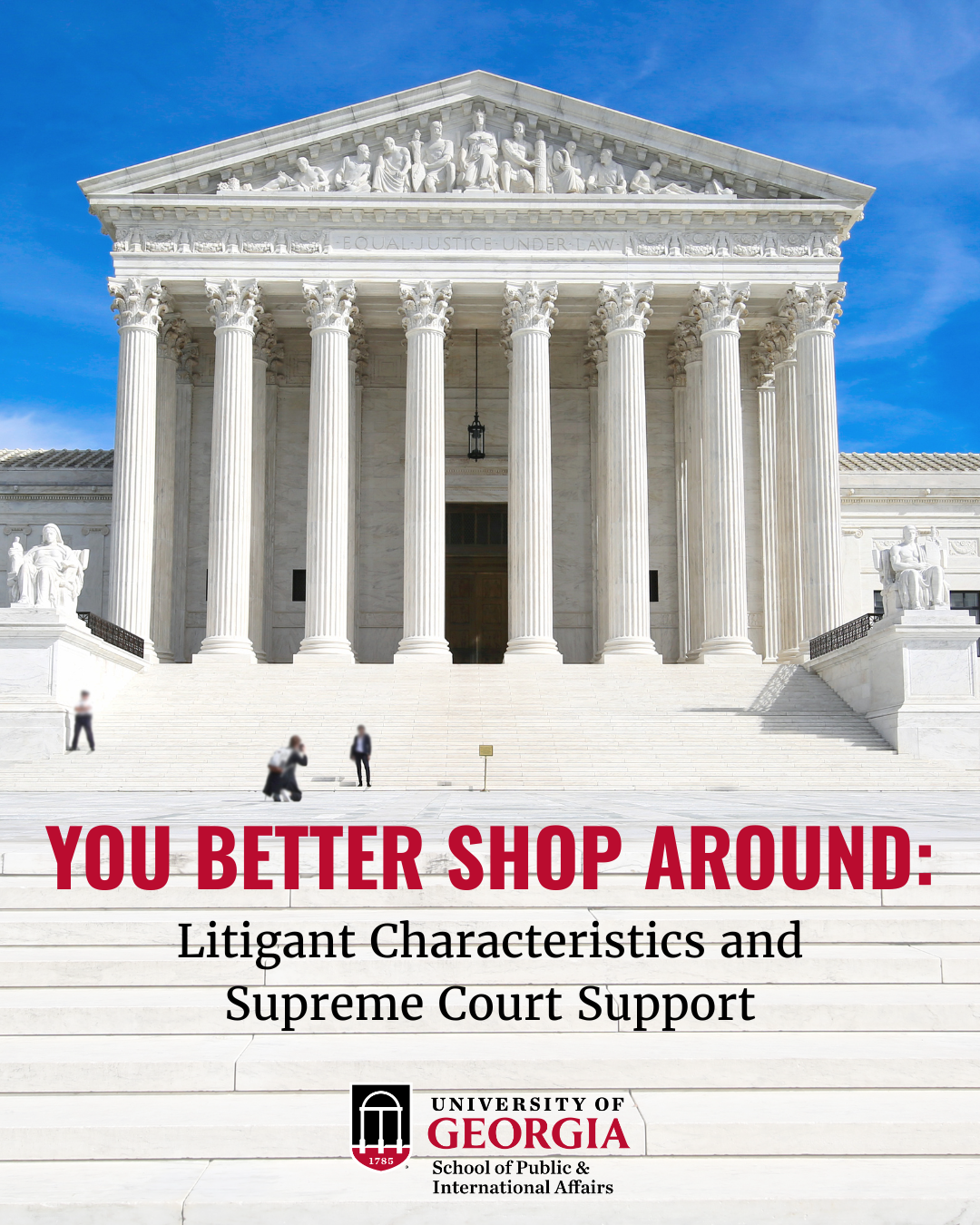
By Shelby Steuart
While vaccination rates are at or above 90% for most early childhood vaccines, adolescent and young adult rates remain low and varied.
The Center for Disease Control (CDC) reported that in 2017 the vaccination rates for Tdap, which protects against tetanus, diphtheria, and pertussis (whooping cough), “ranged from 78.9% in Alaska to 96.2% in Massachusetts.”
The CDC found that only 48.6% of adolescents were up-to-date on the HPV vaccine series. The HPV vaccine provides protection against human papillomavirus, which causes nearly all cervical cancer in the United States; receiving the recommended number of doses is necessary for the vaccine to be maximally effective.
The meningococcal vaccine, the third vaccine recommended for adolescents, had a vaccination rate of approximately 85%.
The high variation across states has legislators, school systems, and concerned parents asking what they can do to improve vaccine uptake in their states. Public Administration and Policy faculty member Dr. Emily Lawler provides some answers in two new articles.
In an article published in February by the American Economic Journal: Economic Policy, Lawler found that state mandates for middle school students to receive Tdap boosters resulted in a significant increase in uptake of the vaccine and a 32% decrease in pertussis.
She also found that the Tdap booster requirements led to an increase in students getting the meningococcal and HPV vaccines, as well as an increase in the probability that they had a well-child check-up.
The biggest effects were seen in children from households with low socioeconomic status, which is significant given the additional barriers they may face in getting to the doctor.
In a separate study recently accepted by the American Journal of Health Economics, Lawler presents the first quasi-experimental evidence of the impact of non-binding vaccination recommendations that target high school students. Using data from the National Immunization Survey-Teen and the CDC’s disease surveillance system, she found that the recommendations increased meningococcal vaccine rates among teens by 133%.
While vaccine policy is important for increasing herd immunity and decreasing the spread of disease, it may have additional benefits as well. “For adolescents, these vaccine mandates are very effective, but what’s also really valuable is the increased probability that kids will have contact with preventative care,” Lawler explained.
Finding ways to get children, especially from low socioeconomic backgrounds, more contact with providers will have health-increasing ripple effects beyond vaccine rates.
While creating state-level vaccine-specific mandates appear to be a great way to accomplish that goal, the vaccine recommendation policies increase uptake of vaccinations only for teens from higher income and higher educated households.
Lawler concluded, “While lower socioeconomic status teens do benefit, they don’t benefit as much, and the recommendation policy actually seems to exacerbate disparities across groups in the probability of receiving the vaccine.” This is because the vaccine recommendations are mainly transmitted to providers, so they only help if parents are already taking their teens to the doctor.









